Mary Tealby founder of the Battersea Dogs Home
This is a summary of my entry in the Oxford Dictionary of National Biography
Unfortunately there is very little extant material about her. Do contact me if you come across more! hilda@hildakean.com
Mary Tealby (1801/2-1865), was the founder of the Battersea Dogs Home and supporter of the RSPCA. Mary was living in Holloway, London and the Islington Gazette reported her view, having found so many starving dogs in that district alone, that ‘the aggregate amount of suffering amongst those faithful creatures throughout London must be very dreadful indeed’. Concerned with the fate of dogs dying ‘of lingering starvation’ in the streets she established premises in St James’s Road, Holloway, where lost dogs could be retrieved by their owners. As the rules made clear the home was to be neither a permanent home for ‘old, worn out favourites’ nor a hospital, but a ‘temporary refuge to which humane persons may send only those lost dogs so constantly seen in the streets’ .
The first meeting of the committee running the home was held on 27 November 1860 at the premises of the RSPCA in Pall Mall, with Mary Tealby in the chair. Tealby was not a wealthy woman and much of the committee’s early work focused on essential fund-raising. By 1861 had become a life governor of the home. She died on 3 October 1865 in Biggleswade, Bedfordshire, aged sixty-three. She and her brother were buried in the same grave in the churchyard of St Andrew’s, Biggleswade. The dogs’ home committee recorded their loss, declaring Mary Tealby to be a ‘kind-hearted and generous lady’.



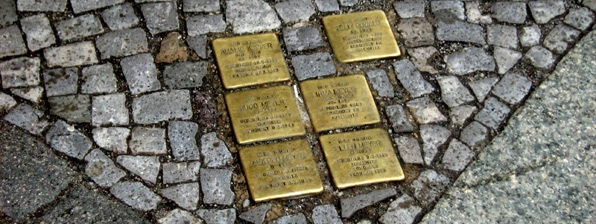



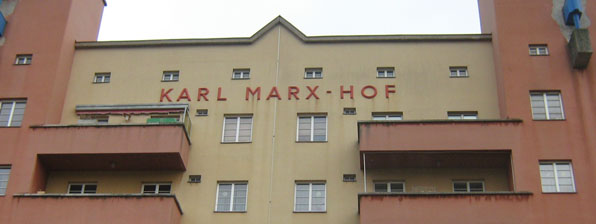





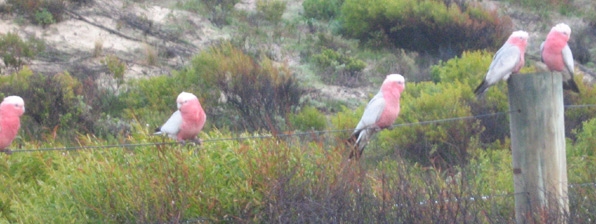


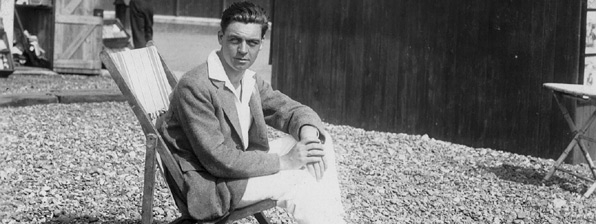




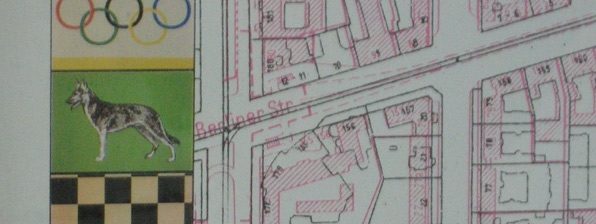
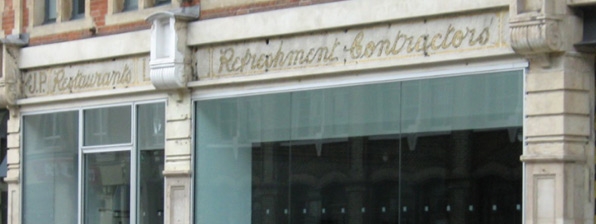


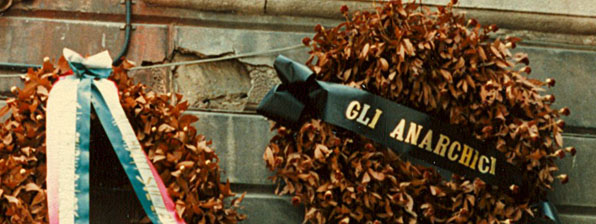




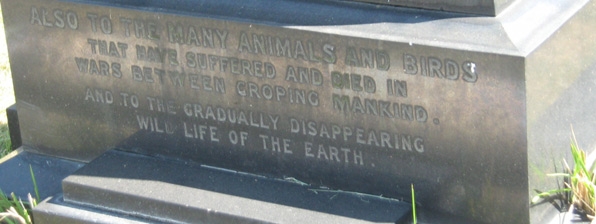
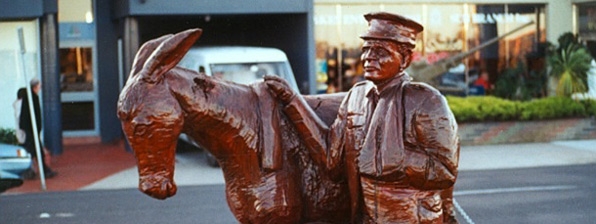



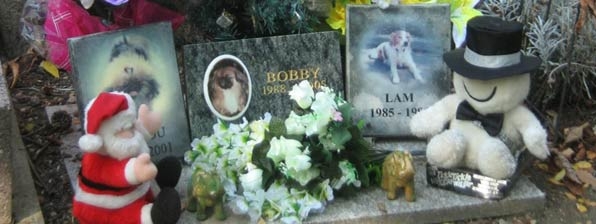
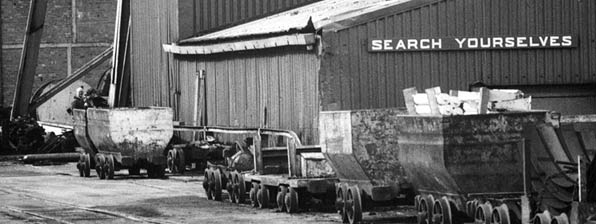




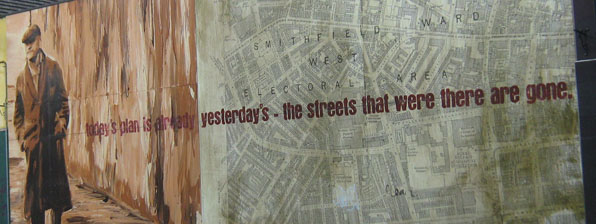
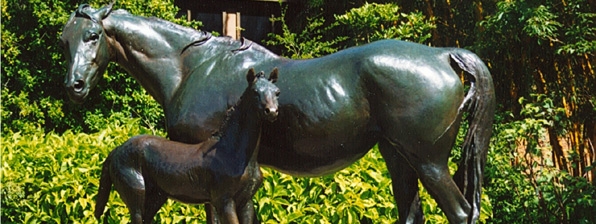


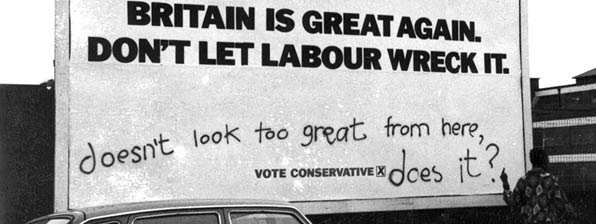
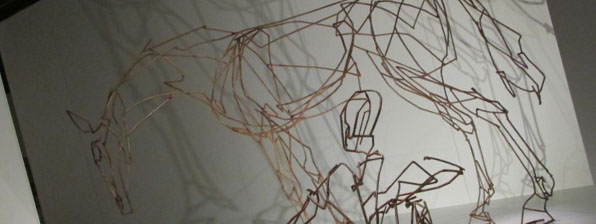






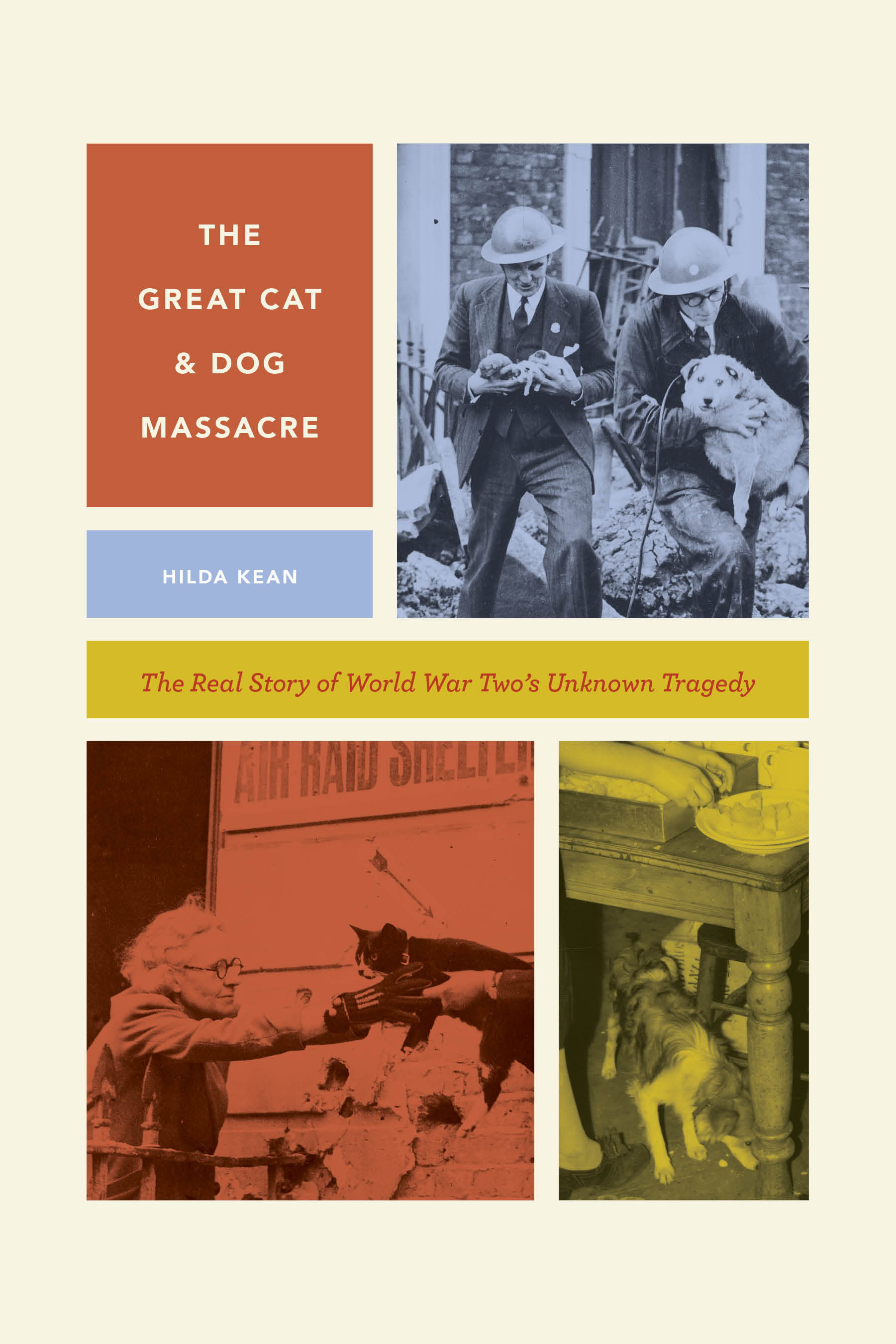


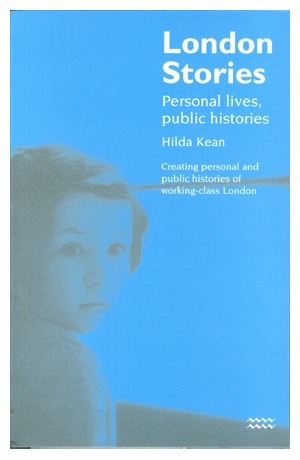

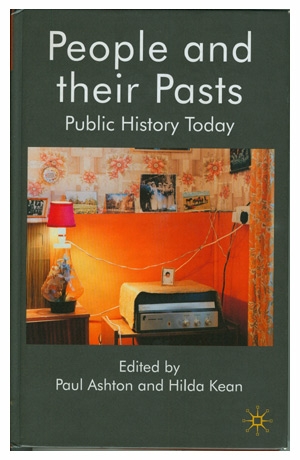





we walk our dog past her grave almost every day , she is well remembered in Biggleswade , a class is named after her in one of the Biggleswade schools
It’s good to hear that she is being remembered in this way!
Is there still no photo of Mary Tealby available? It is sad that we don’t even have an image of her from anyone in Biggleswade.
We want to have her remembered in Battersea as she has conferred widespread recognition of Battersea as a humane animal loving place.
It had an anti-vivisection hospital and the Brown Dog statue which played its part in animal welfare.
Unfortunately, as I searched unsuccessfully when writing the entry in the Oxford Dictionary of National Biography it still does not exist.However, a new archivist has started at the Battersea Cats and Dogs Home
and is looking through past archives and starting a new exhibition area. More attention is being given to the past actions there. As you have noted from posts here and in my Animal Rights book that I
have also previously written about the local anti-vivisection hospital and the old brown dog , now rebuilt rather differently in the nearby Battersea Park.